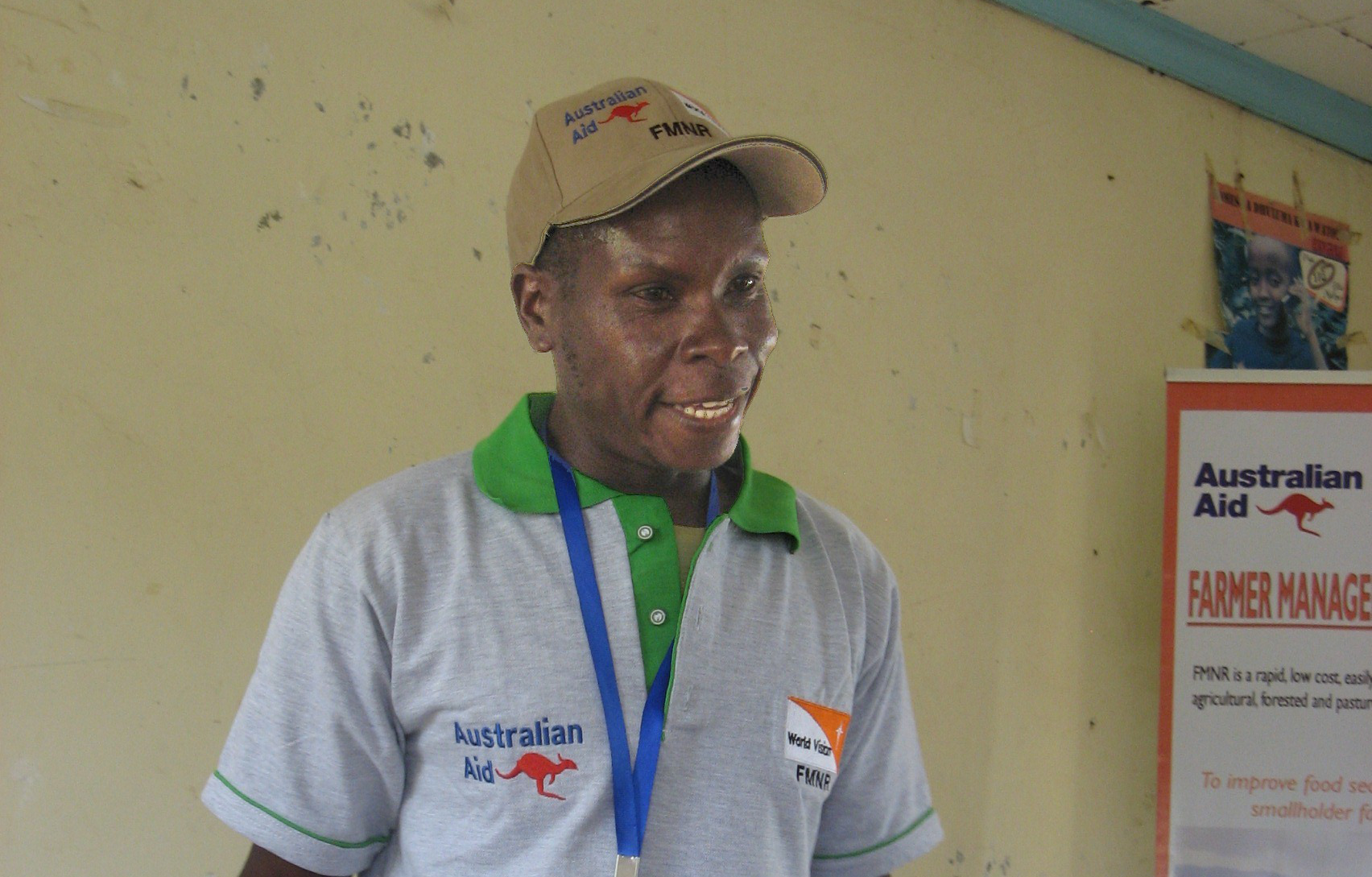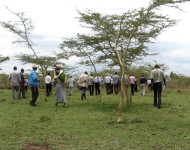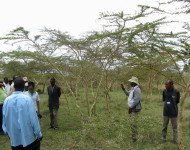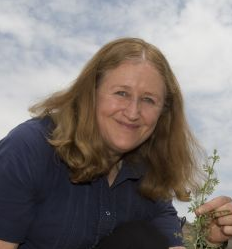Kiambogoko: building on existing wisdom and structures
April 8, 2014
We visited the Central Rift Valley in 2012 and noted the potential for Farmer Managed Natural Regeneration (FMNR) in this part of Kenya. In 2013, we returned there and visited Kiambogoko where, during the community awareness workshop, FMNR was embraced with great enthusiasm by community leaders, women, farmers, students, wildlife organisations and government officials.
In March 2014, only 10 months later, Tony Rinaudo visited Kiambogoko again and found that the Community Hall and surrounding property is now a Learning Centre – a demonstration area where people can come to see FMNR and to receive training.

Progress has been substantial, with over 600 farmers (from Kiambogoko, Wema and Mogotio districts) practicing and benefiting from FMNR. Some individual farmers are also nominating their land as Learning Centres and are receiving formal recognition from the government.
The movement has grown rapidly as the project has built on existing community and state structures and helped farmers to move from the known to the unknown. The community knew that people in the past managed the environment better than in recent years, using a form of FMNR, so project mobilisers built on the indigenous knowledge.
The communities have selected volunteer extension agents (20 in Kiambogoko and 38 in Mogotio) who have become passionate ambassadors for restoring productivity to farm and grazing land through FMNR, implementing the system on his or her own farm and then reaching out to neighbours, schools and leaders.
One enthusiastic extension agent, Elijah Oyaro said: “Last year, when Tony shared about FMNR, we embraced it with both hands. We promised that when he returned, he would find us practicing it and that is how he has found us. We are promoting FMNR everywhere. We speak in schools and to farmer self-help groups. Indigenous trees are friendly with our crops and farmers are accepting FMNR.”

Training school teachers has a big impact as schools are trusted by the community and influence both the students (who are the leaders of the future) and their parents.
Mr and Mrs Musa's naturally regenerated farmland
Mr and Mrs Musa had started removing stumps from their farm when, Goffrey, the World Vision mobiliser explained to them that the trees would protect the soil and crops if they pruned some of the shoots from the stumps and allowed those remaining to grow into trees.
 |
 |
 |
Musa explained to the visiting group “Now that the trees are growing, the animals don’t hurt themselves so often on thorns. Our children no longer need to walk a long way to find firewood and I have all the fencing material (thorns) that I need, just by cutting a few branches. I prune the trees into an umbrella shape so that the animals will have shade. I have learnt that they will perform better with shade”.
Mrs Musa added “Previously, the low thorny shrubs attracted snakes. Now that they have been pruned to grow into trees, the snakes are less of a problem, the ground beneath the trees is moist, the birds and lizards have returned and are eating insects, the crops under the trees produce higher yields and the shade reduces the temperature.”

Liz is travelling with her husband, Tony Rinaudo, Natural Resources Advisor at World Vision Australia, promoting Farmer Managed Natural Regeneration of trees in India and Africa.
